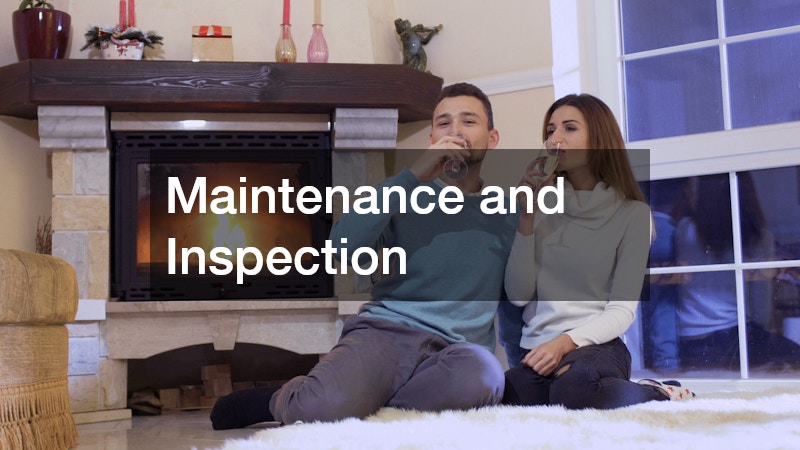Chimney caps may seem like small, insignificant components on top of a chimney, but they serve a critical role in preserving the safety, efficiency, and longevity of your home’s fireplace and venting system. Often overlooked until problems arise, chimney caps provide essential protection from the elements, animals, and debris. Whether you use your fireplace regularly or only during colder months, having a properly functioning chimney cap can make a significant difference in performance and safety.
What Is a Chimney Cap?
A chimney cap is a protective covering placed on the top of a chimney. Typically made from stainless steel, copper, or galvanized metal, these caps are designed to shield the chimney’s flue opening. They usually include a solid lid to keep rain and snow out and mesh siding that allows smoke and gases to escape while keeping unwanted materials from entering the chimney.
While chimney caps may vary in style and material, their core function remains the same: to act as a barrier between your chimney and the outside environment.
Why Chimney Caps Are Essential
Chimney caps are far more than just cosmetic additions. They are functional components that help prevent a variety of issues that can compromise your fireplace system and even your home. Here are several key reasons why chimney caps are essential:
1. Prevent Moisture Damage
One of the primary purposes of a chimney cap is to prevent water from entering the flue. Rain and snow can cause significant damage when they seep into a chimney. Moisture can deteriorate brickwork, cause metal components to rust, and create mold or mildew inside the flue. Over time, this can weaken the structural integrity of the chimney and lead to costly repairs. A chimney cap provides a simple yet effective shield against weather damage.
2. Keep Animals Out
Birds, squirrels, raccoons, and other small animals often seek shelter in warm, enclosed places — and chimneys are ideal hiding spots. Unfortunately, animals nesting inside a chimney can lead to blockages, odors, and even fires if flammable materials are present. Additionally, trapped animals may suffer or perish inside the chimney, creating a health hazard. A chimney cap with mesh siding prevents animals from entering while still allowing smoke and gases to exit.
3. Block Debris
Leaves, twigs, and other natural debris can easily fall into an uncapped chimney, especially during windy seasons. These materials can accumulate and block the flue, reducing airflow and potentially leading to dangerous smoke or carbon monoxide backup inside the home. Chimney caps act as a barrier, keeping the flue clear of debris and ensuring safe operation.
4. Reduce Downdrafts
A downdraft occurs when outside air flows back down the chimney and into the home, often bringing smoke or soot with it. This can be caused by wind patterns or pressure imbalances. Chimney caps are designed to reduce the likelihood of downdrafts by redirecting wind and stabilizing airflow, helping to maintain clean indoor air and a consistent fire draft.
5. Improve Fire Safety
An open chimney can allow hot embers or sparks to escape and land on the roof or nearby combustible materials, increasing the risk of fire. Some chimney caps include spark guards—metal mesh screens that help contain sparks within the chimney. This added protection helps prevent accidental fires from starting on the roof or surrounding areas.
Types of Chimney Caps
There are several different styles of chimney caps available, depending on the design of the chimney and personal preferences:
-
Single-flue caps: Designed to cover one flue opening.
-
Multi-flue caps: Cover multiple flue openings on the same chimney.
-
Custom chimney caps: Made to fit unique or nonstandard chimney sizes.
-
Draft-increasing caps: Designed to enhance draft efficiency in chimneys with poor airflow.
Selecting the right type of chimney cap depends on the configuration of your chimney and your specific needs. Working with a qualified chimney professional can help ensure the right fit and proper installation.
Maintenance and Inspection
Like all parts of your home, chimney caps require occasional inspection and maintenance. Rust, corrosion, damage from storms, or animal tampering can all affect the cap’s ability to perform effectively. It’s recommended to have your chimney and cap inspected at least once a year, preferably before the start of the heating season.
Routine inspections will help identify any early signs of wear, ensuring your cap continues to protect your chimney system as intended. Cleaning may also be necessary to remove creosote buildup or debris caught in the mesh.
Though small and often overlooked, chimney caps are one of the most valuable components of a safe and efficient fireplace system. They protect against moisture, animals, debris, and fire hazards while helping to ensure your chimney functions properly year-round. Understanding the role of chimney caps and staying proactive with maintenance can help preserve your home’s comfort and safety for years to come.
For homeowners with a fireplace, investing in a quality chimney cap and keeping it in good condition is not just a wise decision — it’s a necessary one.






